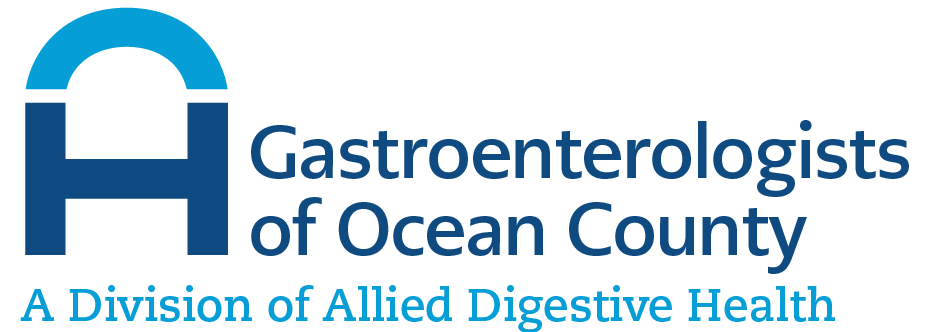What is an ERCP?
This procedure enables a physician to diagnose problems in the liver, gallbladder, bile ducts and pancreas. The liver is a large organ that, among other things, makes a liquid called bile that helps with digestion. Several small tubes (bile ducts) collect the bile from the liver and drain into one larger tube (common bile duct) which opens into the duodenum (first part of the intestine). The gallbladder, which is attached to the common bile duct, is a small pear shaped organ that stores bile until it is needed for digestion. The pancreas is a large gland that produces chemicals that help with digestion, and hormones such as insulin. These chemicals are collected by a tube (pancreatic duct) which course through the pancreas. Both the pancreatic duct and common bile duct open into the duodenum.
Why is an ERCP Done?
ERCP is used primarily to diagnose and treat conditions of the bile ducts, including gallstones, inflammatory strictures, blockages (obstruction), leaks, and cancer. ERCP can also be used to examine diseases of the pancreas, such as pancreatitis, stones or strictures of the pancreatic duct, pancreatic cysts and tumors
How Does One Prepare for ERCP?
The upper GI tract must be empty before ERCP. Generally, no eating or drinking is allowed for 6 to 8 hours before the procedure. Smoking and chewing gum are also prohibited during this time.
Patients should tell their doctor about all health conditions they have—especially heart and lung problems, diabetes, and allergies— and all medications they are taking. Patients may be asked to temporarily stop taking medications that affect blood clotting or interact with sedatives, which are often given during upper GI endoscopy.
Medications and vitamins that may be restricted before and after ERCP include:
- nonsteroidal anti-inflammatory drugs such as aspirin, ibuprofen (Advil), and naproxen (Aleve)
- blood thinners
- blood pressure medications
- diabetes medications
- antidepressants
- dietary supplements
Driving is not permitted for 24 hours after ERCP to allow sedatives time to completely wear off. Before the appointment, patients should make plans for a ride home. Sometimes the patient will be kept in the hospital for observation after the procedure.
How is ERCP Performed?
- The procedure takes 20-90 mins.
- You may be given medication through an IV to help you relax.
- Your throat is numbed and a thin tube (endoscope) is placed into your throat. This lets the doctor see the common bile duct on a video screen.
- A cut may be made where the common bile duct opens to the duodenum to make it easier to remove stones.
- As blockages are located and removed, x-rays are taken.
- Contrast dye is injected through a catheter to make the duct show up better on the x- rays.
What Happens after the ERCP is Done?
Your doctor may discuss the test results with you right after the procedure. Alternatively, you may discuss the findings in greater detail at the time of your next office visit. You may go home the same day or spend the night in the hospital. Follow these tips:
- You can return to a normal routine and diet the day after the ERCP.
- If a cut was made in the duct, avoid blood-thinning medications such as aspirin for 5-7 days.
- Call your doctor right away if you have fever or abdominal pain. They may be signs of a developing infection.
What are the Risks Associated with ERCP?
Generally, ERCP is a well tolerated procedure when performed by physicians who have the proper skills and training. The risks of complications are low, but they can occur. One complication is pancreatitis, which is inflammation of the pancreas. Other complications can include internal bleeding from the intestines, bile or pancreatic ducts, infection, or perforation (a hole or a deep tear in the lining of the gastrointestinal tract). Other risks involve complications related to the anesthetics and sedatives (breathing difficulties, aspiration) or complications related to heart and lung disease.
Some of this content is derived from the website: http://digestive.niddk.nih.gov/ddiseases/pubs/ERCP/
For further specific instructions, please call the office at 732-458-8300.

